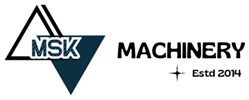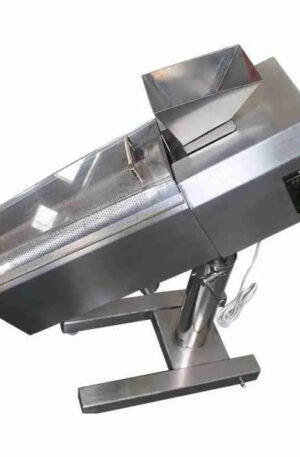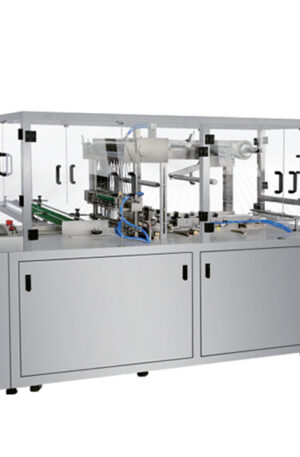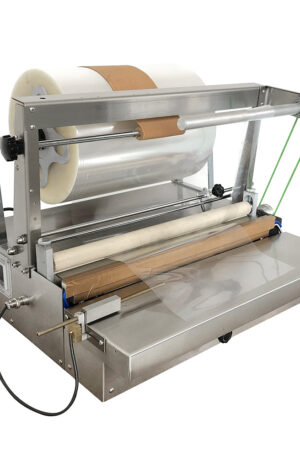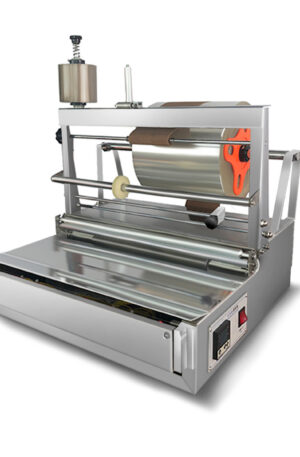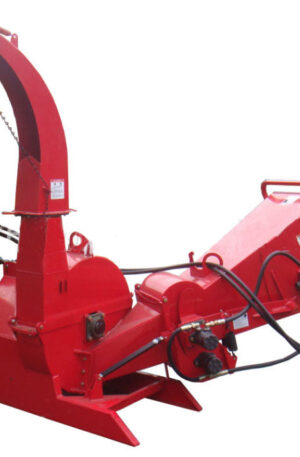Title: “The Role of Pharmaceutical Machinery in Modern Medicine Manufacturing”
Pharmaceutical machinery plays a crucial role in the production of medicines that benefit millions of people worldwide. Among the various types of pharmaceutical machinery used in the manufacturing process, the table press machine and capsule filling machine stand out as essential tools. These machines, including the Tablet Press Machine (TDP) and the High-Speed Double Rotary Tablet Press (THDP), play a critical role in ensuring the quality and efficiency of pharmaceutical production.
Tablet press machines, such as the TDP, are instrumental in the process of compressing powdered ingredients into solid tablets. The TDP utilizes a set of punches and dies to form tablets of uniform size and weight, ensuring consistent dosages for patients. This machine operates by exerting high pressure on the powder mixture, compacting it into the desired tablet shape. The TDP is equipped with advanced features that improve productivity and maintain quality standards in pharmaceutical production.
Another vital piece of pharmaceutical machinery is the capsule filling machine, which fills empty capsules with the required dosage of the medication. The THDP, a high-speed double rotary capsule filling machine, is designed for precision and efficiency in large-scale production. This machine automates the process of filling and sealing capsules, streamlining the manufacturing process and reducing human error. The THDP can handle a wide range of capsule sizes and dosages, making it versatile for various pharmaceutical products.
In modern medicine manufacturing, the integration of advanced pharmaceutical machinery like the TDP and THDP has revolutionized the production process. These machines not only enhance efficiency and accuracy but also ensure the safety and effectiveness of the medications produced. By automating key steps in the manufacturing process, pharmaceutical machinery reduces the risk of contamination and human error, resulting in high-quality pharmaceutical products that meet stringent regulatory standards.
In conclusion, pharmaceutical machinery, including the table press machine and capsule filling machine, plays a pivotal role in modern medicine manufacturing. The TDP and THDP are examples of advanced machines that improve efficiency, accuracy, and quality in pharmaceutical production. As technology continues to evolve, pharmaceutical machinery will remain at the forefront of innovation, driving the development of life-saving medications for patients worldwide.
(Word count: 316)
